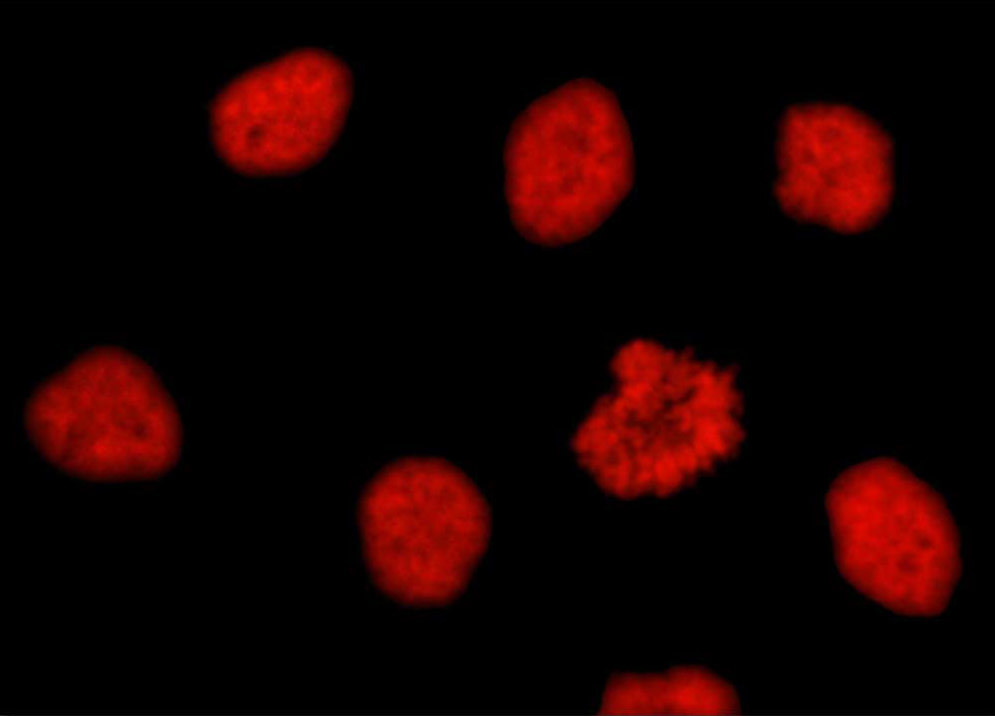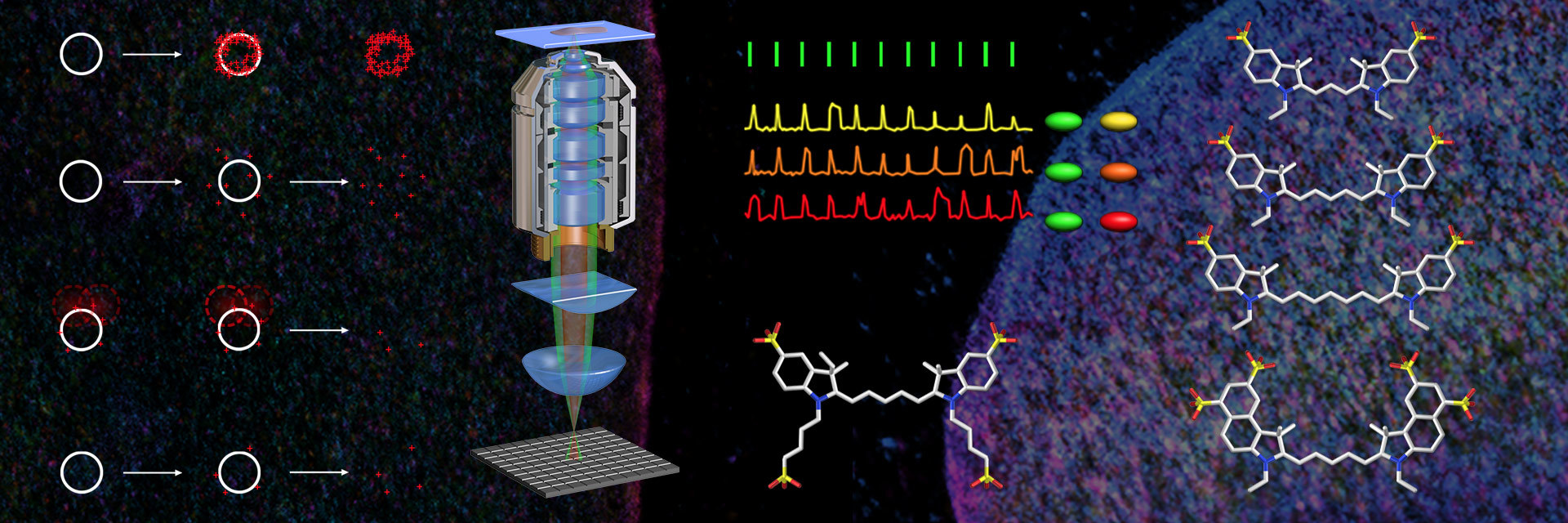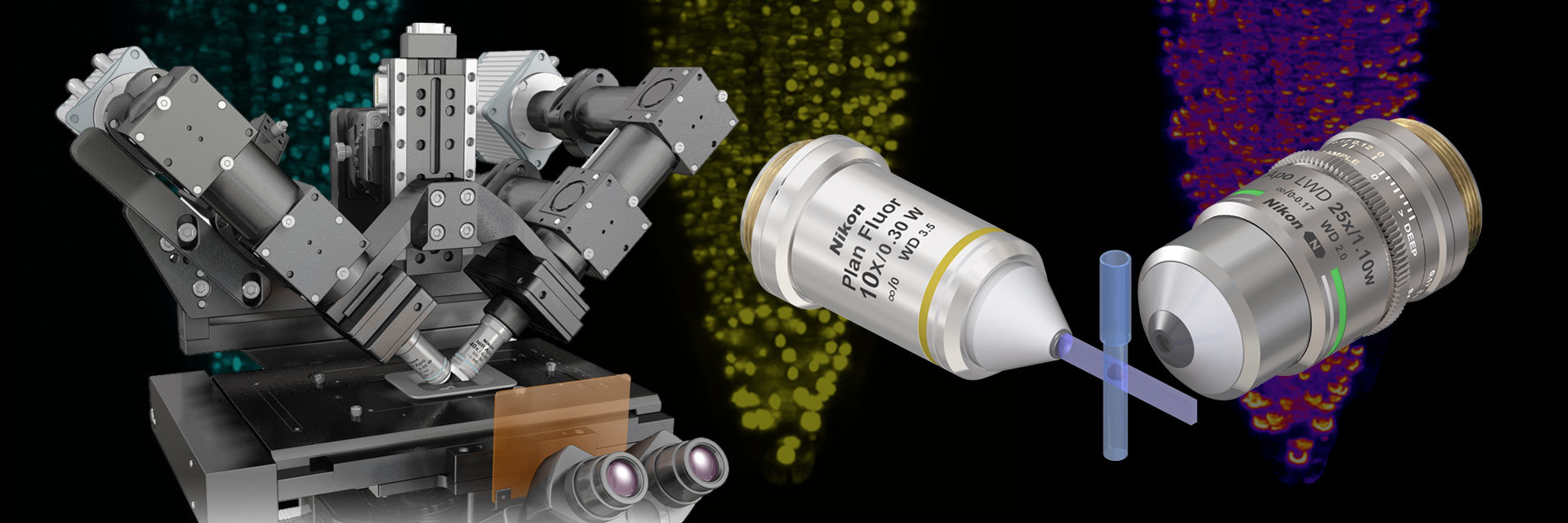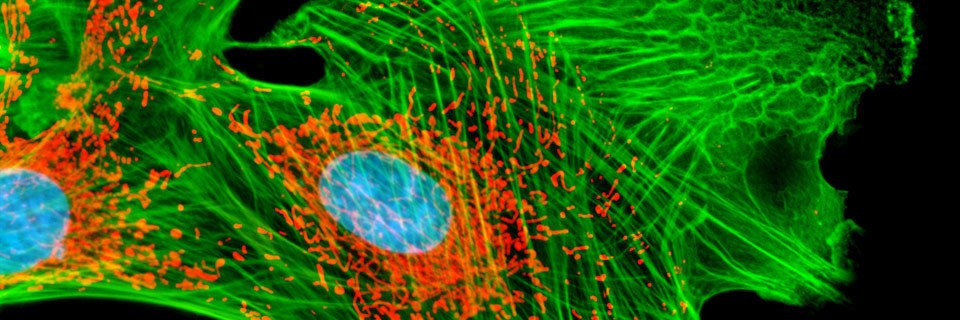What's New on MicroscopyU
We’re happy to announce that we’ve updated our article on Single-Molecule Super-Resolution Imaging. This article now contains an in-depth discussion of sample preparation, including near-comprehensive tables listing known fluorescent probes and buffer systems for single molecule localization microscopies.
Most Viewed Review Articles
Refractive Index (Index of Refraction)
The ratio of the speed of light in a vacuum to that in the imaging medium of a microscope.
Polarized Light Microscopy
Using crossed polarized illumination to examine birefringent materials.
Introduction to Phase Contrast Microscopy
A mechanism to translate variations in phase into corresponding changes in amplitude.
Principles of Birefringence
Defined as double refraction of light in a transparent, molecularly ordered material.
Most Viewed Tutorials
-
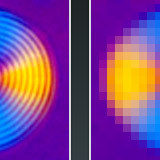
Spatial Resolution in Digital Imaging
Spatial resolution refers to the number of pixels utilized in construction of the image.
-
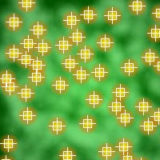
Stochastic Optical Reconstruction Microscopy (STORM) Imaging
Review the basic steps involved in acquiring a STORM super-resolution image.
-
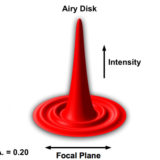
Numerical Aperture and Image Resolution
Explore how objective numerical aperture size influences Airy disk properties.
-

Eyepiece Reticle Calibration
Explores calibration of various eyepiece reticles using a stage micrometer and demonstrates how the reticle can then be employed to determine linear specimen dimensions.
Nikon Small World Winners
Congratulations to the winners of the 2024 Nikon Small World Photomicrography Competition!
Nikon Resolution Calculator
Input appropriate parameters to calculate important performance specifications such as resolution, depth of field, sampling rate, confocality, and more.
Featured Gallery Image
